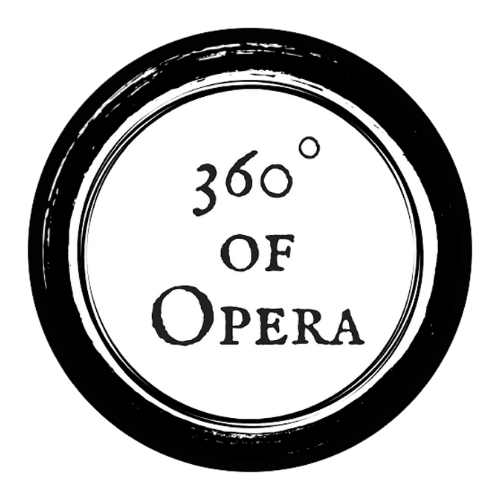Weightier Wings, Softest Dreams
“What a lark! What a plunge!” The opening lines of Virginia Woolf’s Mrs. Dalloway echo through the Metropolitan Opera House as Kevin Puts’s opera The Hours unfolds on stage. The ominous blue light and the Greek chorus, with their harmonies and cacophonies, effectively convey the stream of consciousness that flows through the novel, creating a sense of the characters’ inner worlds jumbled together.
We see Clarissa Vaughan, portrayed by the incomparable Renée Fleming, obsessing over the details of a party she’s throwing for her friend Richard, a poet dying of AIDS. Her fixation on making the party perfect, saying “he needs tonight to be wonderful,” may seem selfish, but it reflects her own need for control and validation. The opera brilliantly captures the desperation and helplessness felt by the LGBTQ+ community during the AIDS crisis, when the government’s inaction left them to fend for themselves, relying on their own community to look out for each other.
The Hours is not just a feminist opera, but a queer one as well, exploring the complexities of relationships and the gender roles within them. Clarissa’s relationship with her partner Sally (Denyce Graves) mirrors traditional heteronormative roles at times, with Sally as the grounded “husband” figure, looking forward to having a child, while Clarissa’s head is seemingly in the clouds, unsure of what she wants. This dynamic challenges the notion that queer relationships necessarily subvert gender norms, highlighting the intricacies of love and partnership.
Perhaps the most beautiful and poignant moment in the opera comes when Richard’s former lover, Louis (William Burden), recounts their summer together in Wellfleet. As they got farther from the metaphorical shore, there were things they couldn’t figure out, questions they dared not ask. Louis, the “mistress” in this Madonna-Whore complex, couldn’t get the intimacy he craved, while Clarissa, the beautiful “angel,” remained an enigma. This scene captures the tenderness and uncertainty of young love, and the walls we erect that keep us from truly understanding one another.
Meanwhile, Virginia Woolf (Joyce DiDonato) struggles with her own demons as she begins writing Mrs. Dalloway. Trapped in her “room of one’s own,” she declines nourishment even as she knows it’s good for her, defying control from her husband Leonard (Sean Panikkar). The opera delves into the creative process and the toll it takes on the artist, as Woolf grapples with the knowledge that someone must die, be it Mrs. Dalloway, herself, or another character.
In 1949 Los Angeles, Laura Brown (Kelli O’Hara) finds herself suffocating under the weight of motherhood and societal expectations. She feels like a “woman in [her son’s] mother’s robe,” not fully prepared for the role of mother and yearning for the young woman who delights in reading. She escapes into the pages of Mrs. Dalloway, seeking solace in the character’s inner world and even fantasizing about and eventually making out with the soft, dreamy Kitty (Sylvia D’Eramo). As Laura struggles to bake a cake for her husband’s birthday with her young son, who constantly feels like he’s failing her, she realizes the kitchen has become her creative canvas, a place to find beauty in the small things when romance eludes her.
The opera explores the theme of creation and the “growth” inside oneself, be it a child consuming a mother’s identity, a cancerous tumor, or an idea that saps the life force from an artist. When Kitty announces she’s going to the hospital for “some kind of growth,” it’s an ironic reference to these consuming forces.
Throughout the opera, the fluidity of time and the blurring of boundaries between the three women’s lives create a sense of shared experience. As the characters grapple with their own mortality and the meaning of their lives, they find themselves connected on a profound level. Richard’s decision to take his own life, his desire to write something “good and true” that might keep a hopeless girl alive long enough to write a poem for someone else, is a powerful reminder of the fragility of existence and the importance of art in the face of adversity.
In the end, The Hours is a triumph of storytelling, a testament to the resilience of the human spirit in times of uncertainty and chaos. As Clarissa, Laura, and Virginia find solace in their shared experiences, the opera reminds us that even “beasts with weightier wings” than butterflies are still entitled to the softest dreams. In a world that often feels like it’s crumbling around us, can we find the strength to soar above the pain and create something just as beautiful and authentic?
-written by Chloe Yutong Yang
-photography by Evan Zimmerman | Met Opera







